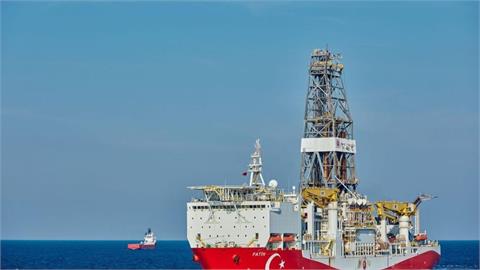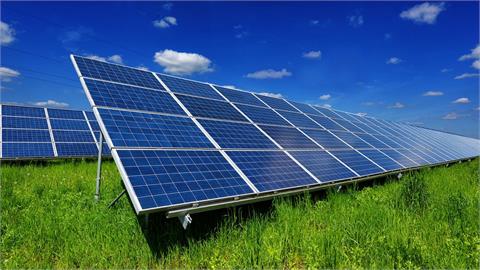European Commission Vice-President for Energy Union Maroš Šefčovič warned today (30 January) against over-simplifying how much capacity Gazprom could use of the Opal pipeline, which carries gas via Nord Stream under the Baltic Sea to Germany and the Czech Republic.
Last December, Poland appealed to the European Court of Justice over a European Commission decision to give Gazprom more capacity in the Opal gas pipeline.
Last October, the Commission lifted a cap on Gazprom’s use of Opal, opening the way for Russian plans to expand Nord Stream’s capacity and bypass both Ukraine and Poland as a gas transit route.
Poland, which imports most of its gas from Russia, criticised the EU executive’smove, saying it threatened gas supplies to Central and Eastern Europe via Ukraine.
Meeting with journalists, Šefčovič pointed out that in 2009, Nord Stream was a ‘project of common interest’ for the EU, because of the gas crisis [a dispute between Russia and Ukraine] which during that same year left several EU countries in the cold.
He explained that this is how it was decided that the pipeline will get an exception. At that time, the exemption was that 100% capacity – 33 bcm/y – would be reserved for Gazprom on the condition that it releases 3 bcm a year as part of the gas release program, meaning that somebody else could use the pipe.
Although 3 bcm/y is not a huge amount, Gazprom refused "as a matter of principle”.
So Gazprom never implemented the condition under which it was allowed 100% access, and because of that, the 50% limitation was introduced, Šefčovič explained.
"To start with the premise that there was a 50% limitation from the beginning is not true. It was something like 10% of the capacity,” he said, referring to interpretations often relayed by the media.
Šefčovič further explained that what the Commission proposed was the real opening of this pipeline for others who would like to transport gas: up to 20% within 3 years, with the possibility of reviewing the decision.
"The decision was not taken lightly in the Commission. We are a Community based on law. it took us a while to study all the legal ramifications, we are confident our decision will be upheld by the court”, said Šefčovič, adding that it was "very technical and complex” and represented 42 pages of legal texts.
The Commission Vice-President said that even more important than this case was how the Stockholm arbitrage will rule on the dispute between Naftogaz and Gazprom.
Kyiv’s Economic Court sanctioned a move by Ukraine’s anti-monopoly committee to fine Gazprom $6.6 billion, on the grounds that the Russian company had abused its monopoly position in the natural gas market, between 2009 and 2015.
Conversely, Gazprom said on 17 January it had charged Naftogaz for gas it did not buy under a take-or-pay clause covering the second through fourth quarter of 2016, to the amount of $5.3%. It said Ukraine was required to pay the bill within 10 days.
Take-or-pay requirements require buyers to pay for gas whether they take physical delivery or not. Ukraine has not bought Russian gas since November 2015.
Šefčovič said that once these hurdles are overcome and decided, the parties should quickly get together and discuss how the Ukrainian transit route would remain in operation and will continue to serve Europe in the post-2019 period. Gazprom’s contract with Naftogaz expires in 2019.
"This would calm many of our concerns regarding energy security,” he said.
It is, however, difficult to imagine how Russia and Ukraine could ever agree to such things. Ukraine doesn’t want to import gas from Russia, and actually hasn’t bought any for over one year. Conversely, Russia doesn’t want to transit any gas to transit Ukraine after 2019, and plans to deliver its gas to Europe via Nord Stream and its planned expanded version Nord Stream 2, as well as via Turkish Stream, a planned pipeline under the Black Sea, to European Turkey.
Šefčovič said there was a need "to have a close look” what gas transport infrastructure is needed. The infrastructure used to transport Russian gas to Europe, even this winter, was used at close to 60%, so there was still the possibility to use it more, he argued.
"We should avoid paying billions for something we eventually may not need,” the Vice-President said.
( EurActiv.com)



